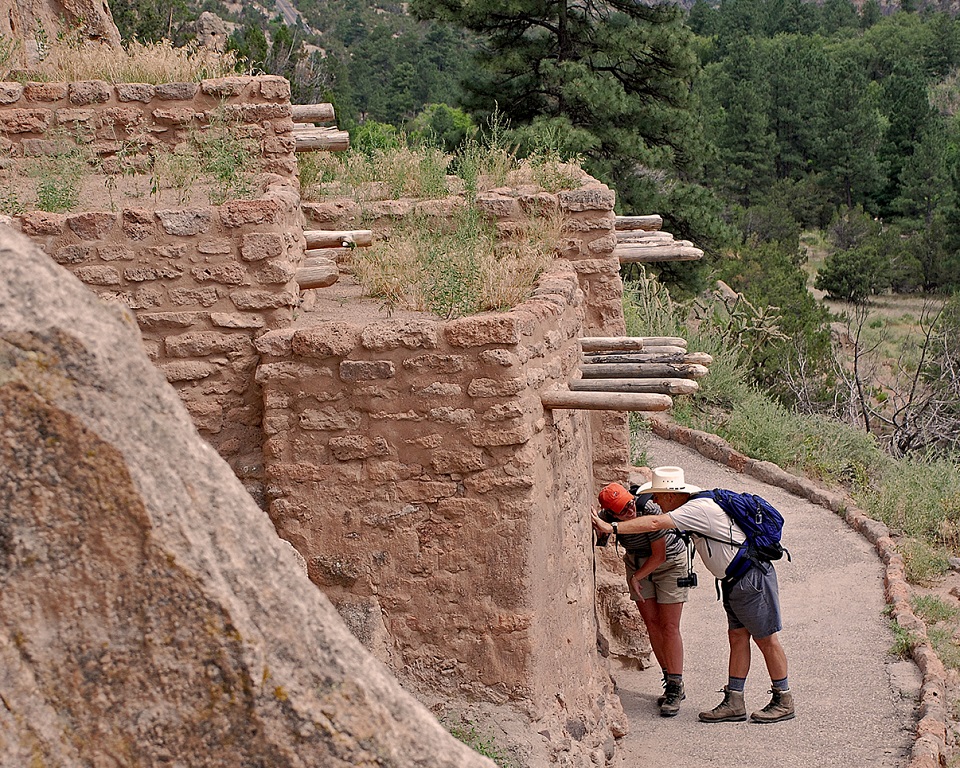News Release
You are viewing ARCHIVED content published online before January 20, 2025.
Please note that this content is NOT UPDATED, and links may not work. For current information,
visit https://www.nps.gov/aboutus/news/index.htm.

NPS Photo
News Release Date: March 1, 2017
Contact: Chris Judson, 505-672-3861 x517
LOS ALAMOS, N.M. – In 1880, Adolph Bandelier arrived in the New Mexico Territory to document the culture of the Pueblo people and their ancestors. Traveling up the Rio Grande and through sheer-walled canyons, he emerged on the rim of Frijoles Canyon and looked down on the remains of ancestral Pueblo dwellings. In his diary Bandelier wrote that it was “the grandest thing I ever saw.” In 1916, two years after Bandelier’s death, President Woodrow Wilson established Bandelier National Monument, preserving that canyon and more than 50 square miles of mesa and canyon country around it for future generations.Today Bandelier National Monument is known for a distinctive landscape: a wide plateau composed of tuff, volcanic ash hundreds of feet thick deposited by two gargantuan eruptions of the Jemez Volcano. Archeologists have documented more than 3,000 archeological sites across its mesas and canyons. The story of people in the area dates back to small bands of hunter-gatherers who passed through the area thousands of years ago. During the 1100s, Ancestral Puebloans settled in cliffside homes and farmed the land for generations. In the 1500s, they moved to nearby locations where their descendants live today. The human story continues with the Civilian Conservation Corps enrollees who built the handsome stone park headquarters buildings in the 1930s, and now the 200,000 visitors who come to the park each year. Read more
The National Park Getaways series helps people find new places to connect with nature, history, family, and friends. This month’s Getaway featuring Bandelier National Monument is the 267th installment in the series.
About the National Park Service. More than 20,000 National Park Service employees care for America’s 417 national parks and work with communities across the nation to help preserve local history and create close-to-home recreational opportunities. Visit us at https://www.nps.gov, on Facebook www.facebook.com/nationalparkservice, Twitter www.twitter.com/natlparkservice, and YouTube www.youtube.com/nationalparkservice.
Last updated: March 1, 2017
